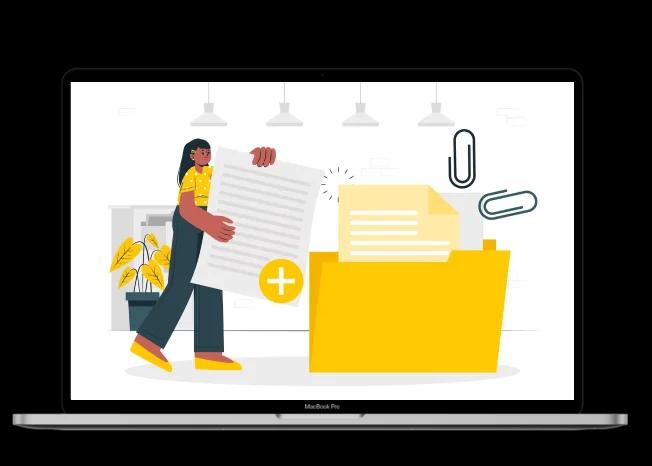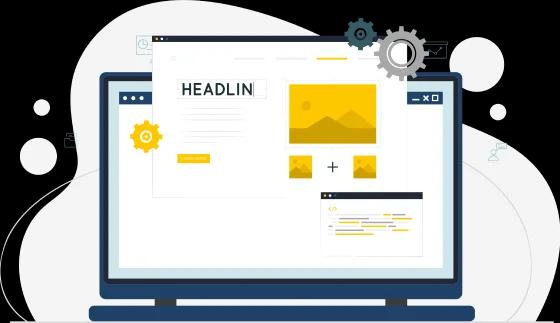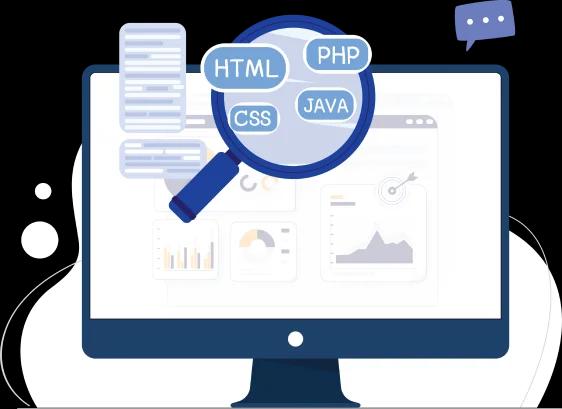Accessibility Remediation

Implementing Accessibility Remediation
Conduct an accessibility audit or evaluation of your digital content or application. This involves reviewing the content against recognized accessibility guidelines such as the Web Content Accessibility Guidelines (WCAG). Identify barriers and issues that may impede accessibility for users with disabilities.
Prioritize the identified accessibility issues based on their severity and impact. Focus on high-priority issues that significantly impact usability and accessibility for users with disabilities.
Develop a comprehensive plan to address the identified issues. Document the steps, resources, and timelines required for each remediation task. Ensure that the plan covers all necessary aspects of accessibility, such as perceivability, operability, understandability, and robustness.
Begin implementing the remediation plan by fixing the identified accessibility issues. This may involve modifying code, adjusting layout and design elements, adding alternative text to images, ensuring proper color contrast, improving keyboard navigation, providing captions for videos, and so on. Use best practices and accessibility techniques specific to the platform or technology being used.
Regularly test and verify the remediated content to ensure that the accessibility issues have been resolved successfully. Use assistive technologies, such as screen readers, keyboard-only navigation, and color contrast checkers, to simulate the experience of users with disabilities.
Document the changes made during the accessibility remediation process. This documentation will be helpful for future reference and for training content creators and developers on accessibility best practices. Provide training and awareness sessions to your team to ensure they understand the importance of accessibility and how to create and maintain accessible content.
Accessibility is an ongoing process, so it's crucial to maintain and monitor the accessibility of your content or application over time. Regularly review and update your content to address new accessibility guidelines, technology updates, or user feedback.

Remember, accessibility remediation is not a one-time task but an ongoing commitment to inclusive design and ensuring equal access to information and services for all users, regardless of their abilities.
Technologies To Remediate Accessibility
Various technologies can be used to remediate accessibility issues and improve the accessibility of digital content and applications. Here are some commonly used technologies:
Hypertext Markup Language (HTML) is the core technology used for structuring and presenting content on the web. By using semantic HTML tags appropriately, developers can provide a clear structure and meaningful information to assistive technologies, such as screen readers. Ensuring proper headings, lists, and alternative text for images are some examples of using HTML for accessibility.
Cascading Style Sheets (CSS) is used for styling and layout of web content. CSS can be used to control the visual presentation of content while also ensuring that it is accessible. For example, CSS can be used to adjust color contrast, provide visual focus indicators for keyboard navigation, and create responsive designs that adapt to different screen sizes.
Accessible Rich Internet Applications (ARIA) is a set of attributes and roles that can be added to HTML elements to enhance the accessibility of dynamic and interactive web content. ARIA can improve the accessibility of elements that are not inherently accessible, such as menus, tabs, and modal dialogs. It helps assistive technologies understand the purpose and behavior of these elements.
JavaScript is a programming language commonly used to add interactivity and dynamic behavior to web applications. When used with accessibility in mind, JavaScript can enhance user experiences for individuals with disabilities. It can be used to create accessible dropdown menus, modals with proper focus management, and form validation that provides clear error messages.
Assistive technologies are software or hardware tools used by individuals with disabilities to interact with digital content. Examples include screen readers, screen magnifiers, alternative input devices, and speech recognition software. By ensuring compatibility and adherence to accessibility standards, content can be made accessible to assistive technologies.
Various accessibility testing tools are available to help identify and remediate accessibility issues. These tools analyze web content against accessibility guidelines, identify violations, and provide suggestions for remediation. Some popular tools include automated accessibility checkers, browser extensions, and assistive technology emulators.

It's important to note that technology is just one aspect of accessibility remediation. While technology plays a crucial role, it should be accompanied by a holistic approach that includes proper content authoring practices, design considerations, usability testing, and user feedback to create truly accessible digital experiences.